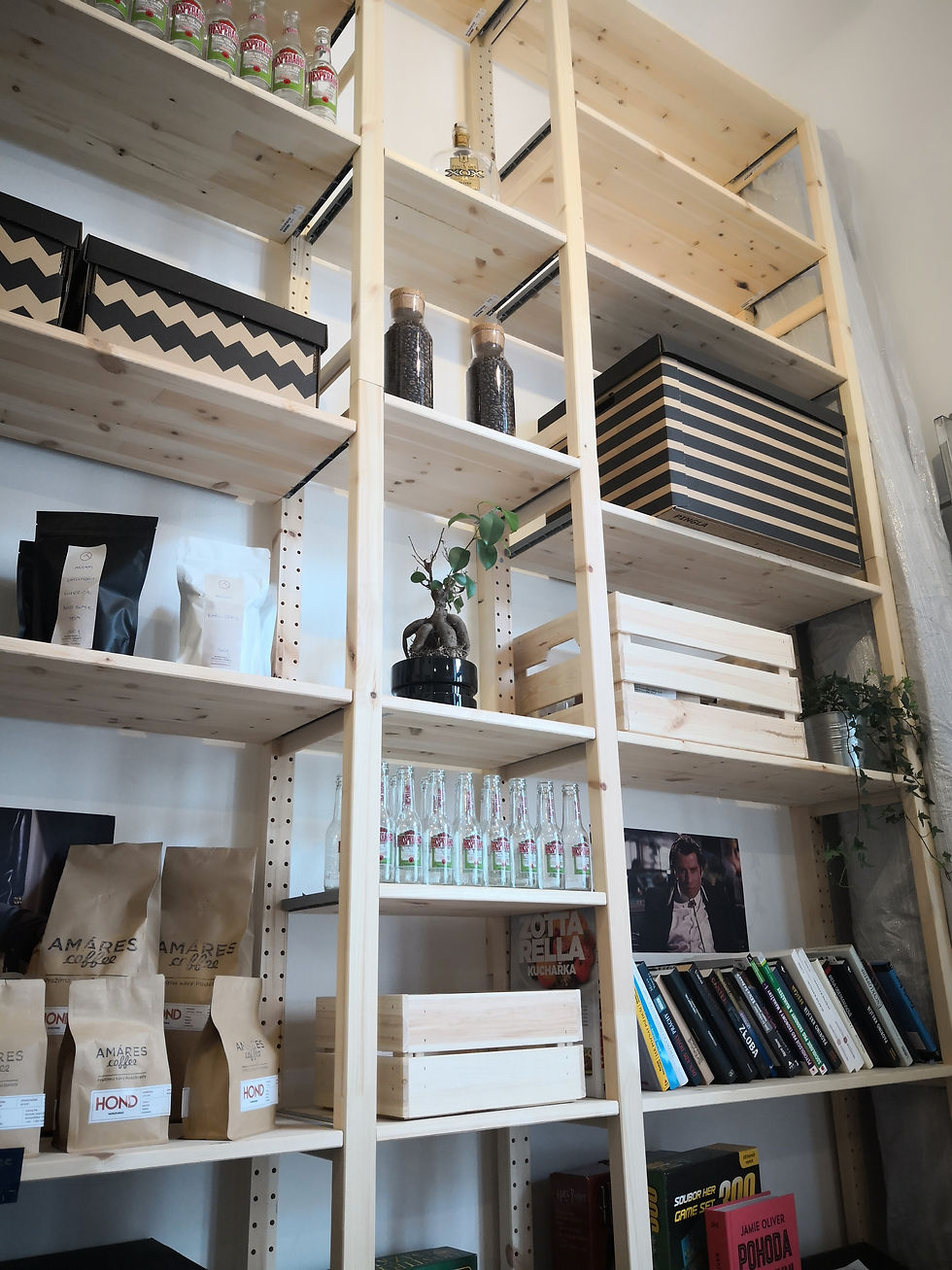Why Minimalism Isn’t Always the Answer for ADHD Clients
- Emily Geisler
- Nov 29, 2024
- 3 min read
Updated: Nov 17

Minimalism is often praised as the ultimate solution to clutter and chaos. From clean, streamlined spaces to the mantra of “less is more,” it’s easy to see why this lifestyle appeals to so many. But for individuals with ADHD, minimalism isn’t always the magical cure-all it’s made out to be.
In fact, for some ADHD brains, the pursuit of minimalism can create more stress, guilt, and overwhelm. Here’s why—and what might work better instead.
1. The ADHD Brain Thrives on Stimulation
Minimalist spaces are often designed with simplicity in mind: neutral colors, empty surfaces, and very few objects. While this can feel calming for some, it can also feel unstimulating—or even boring—for individuals with ADHD.
ADHD brains are interest driven, and a minimalist environment may lack the visual cues that help keep them engaged. Instead of fostering focus, overly stripped-down spaces might make it harder to stay productive or even spark restlessness.
2. Out of Sight Can Mean Out of Mind
One common feature of ADHD is difficulty with working memory. When items are stashed away in drawers, opaque containers with lids, and cabinet doors, it’s easy to forget where they are—or that they exist at all!
For some people, this can lead to frustration and wasted time searching for things. It’s also a system that takes more effort to maintain- some people need a quick and frictionless way to reset their space.
3. Overly creative thinking can present unique challenges
Minimalism often involves letting go of possessions that don’t “spark joy” or serve a clear purpose. People who tend to collect and retain more items can see multiple creative opportunities with each one, even if they don’t seem practical.
This rich imagination and sense of possibility can make decluttering feel like an impossible task. The pressure to meet minimalist standards can trigger feelings of failure or shame when sorting and decision making feels overwhelming.
4. Perfectionism Can Paralyze Progress
It’s common for people to struggle with all-or-nothing thinking. The idea of achieving a perfectly minimalist space may feel like an unattainable goal, leading to paralysis instead of action.
This perfectionism often results in frustration and a sense of defeat before even getting started. Instead of moving forward, they may stay stuck in clutter, believing anything less than “perfect” isn’t worth doing.
5. Minimalism Doesn’t Address Root Challenges
Minimalism focuses on reducing belongings, but it doesn’t necessarily solve the underlying organizational challenges that people with ADHD face. Without systems tailored to how their brains work, minimalist spaces can quickly fall apart—leading to clutter and frustration all over again.
What people with ADHD need isn’t just fewer things; it’s systems and habits designed for the unique way their brain works.
What Works Better Than Minimalism for ADHD Clients?
1. Embrace “Functional Clutter”
Instead of aiming for a pristine, minimalist look, focus on creating spaces that are functional and visually accessible. Open shelving, labeled bins, and clear containers allow items to be visible but still organized.
2. Prioritize Zones Over Perfection
Designate specific zones for activities like work, relaxation, or hobbies. These zones don’t have to be perfectly minimal—they just need to serve their purpose and make sense for the individual.
3. Use Visual Systems
Visual systems, such as color-coded folders or bulletin boards, can provide the stimulation ADHD brains crave while keeping things organized. A bit of “controlled chaos” can be much more effective than a stark, minimalist setup.
4. Start Small and Celebrate Progress
Instead of striving for an extreme minimalist transformation, start with small, manageable goals. Progress is progress, and remember that organization is a journey, not a destination.
5. Tailor Solutions to the Individual
There’s no one-size-fits-all answer. A professional organizer who has special training to help clients with ADHD will seek to work with their natural tendencies and interests to create a space that feels inspiring, not boring and restrictive.
Minimalism isn’t inherently bad—it just doesn’t align with the way many brains work. Instead of forcing a one-size-fits-all approach, I focus on creating systems and spaces that embrace the unique needs of individuals with ADHD. Perhaps there are a few categories that deserve a maximalist mindset, and others that can be streamlined to function with simplicity. The key is to make your space and inventory work for you!
By letting go of the pressure to achieve “perfect minimalism,” people with ADHD can create environments that truly support their best lives—and that’s far more valuable than a picture-perfect aesthetic.


Comments